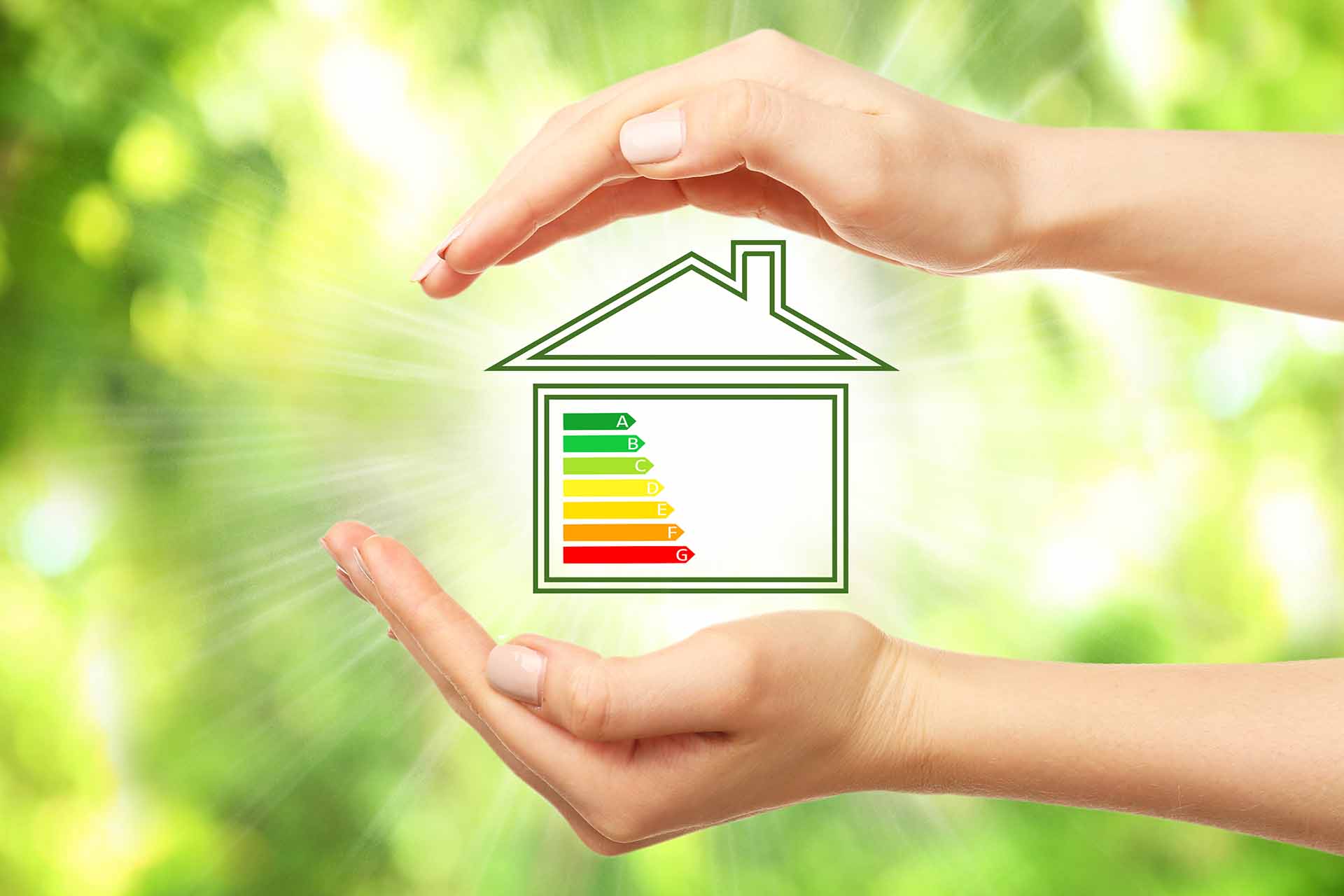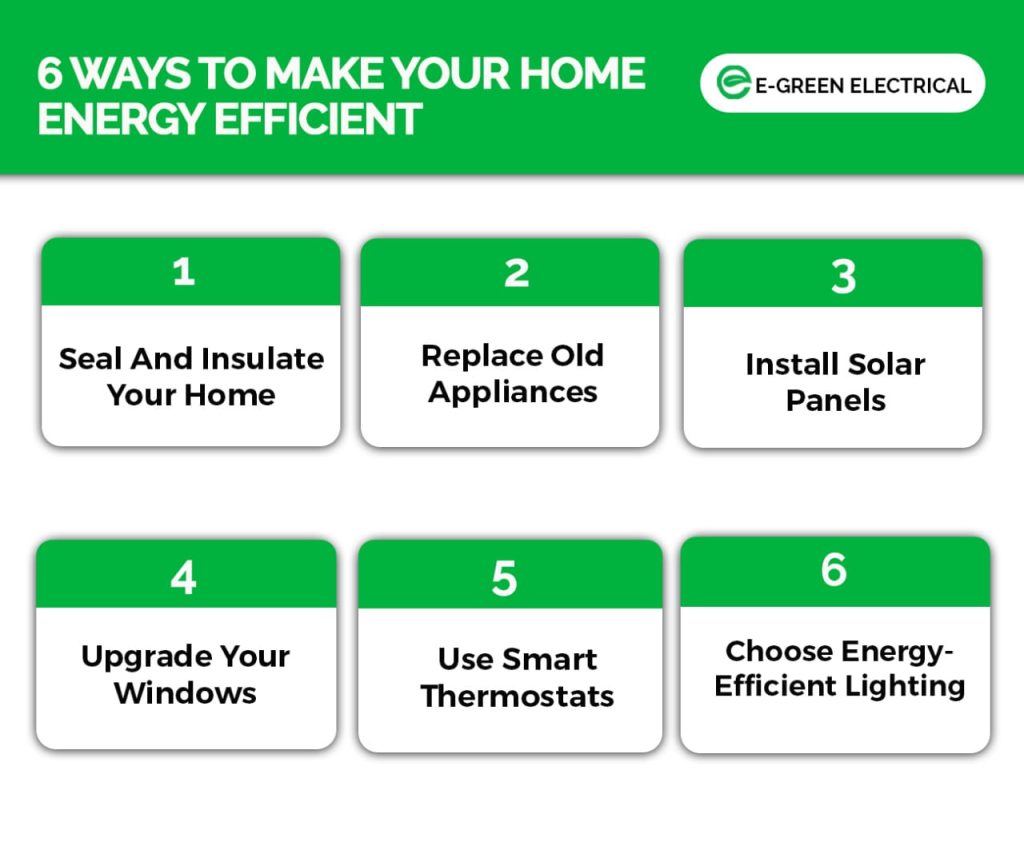
The cost of energy continues to be a major concern for Australian households. Electricity prices have increased substantially over the […]

Save money and go green by making your home energy efficient. Cutting down on energy use reduces utility bills as well as lowering your carbon footprint.
To improve your home’s energy performance, try these simple fixes or ambitious projects.
LED Brilliance Starts Here, Just $33. Shine Brighter, Save More!
Our Team of Experts Will Guide You Through The ESS Lighting Upgrading Process To Ensure You Achieve The Most Effective Energy Efficient Improvement Possible, GUARANTEED!
A Brighter Home, A Brighter Future!
Here you can find some top tips along with common questions and answers.

Making your home energy-efficient involves key steps like proper sealing and insulation. This helps avoid costly air leaks and heat escape. Worth inspecting are places like your attic, basement, or crawl spaces.
Look out for gaps, fractures, or holes, and seal them with caulking, foam, or weather stripping.
In addition, ensure your home is well-insulated, with special focus on the attic and walls, to maintain a constant temperature. As per Energy Star, performing these steps can result in an energy bill savings of up to 10%.
Another way to make your home more energy efficient is by replacing older appliances.
Many household appliances like refrigerators, dishwashers, washing machines, dryers, and water heaters consume significant amounts of energy, particularly if they’ve been used for several years or are not well-maintained.
Updating to newer models that have Energy Star certification can substantially reduce utility bills.
This label indicates that appliances meet strict requirements for energy efficiency set by the EPA and Department of Energy, often utilizing 30-50% less power than conventional appliances.
Look for the Energy Star logo when shopping so you know you’re purchasing a high-performing appliance. In addition to choosing efficient products, small changes like washing clothes in cold water can help.
Running full loads instead of partial ones allows each cycle to use energy more efficiently. Regularly cleaning appliance filters prevents dust buildup that makes components work harder.
Together, these simple steps will lower your home’s environmental impact and save you money by decreasing energy use.
Think about solar panels for your home. They transform sunlight into power. You can use this power yourself, or even sell it.
Solar panels mean less reliance on fossil fuels. Also, they can lower your greenhouse gas output and help you save on electricity. With dropping prices, solar panels are now more affordable.
Plus, the government or your utility company might offer credits, rebates, or incentives to help with the cost.
The windows in your home play an important role in its overall energy efficiency. They allow heat and light to pass in or out, impacting your home’s temperature and utility bills.
Upgrading to higher quality double or triple-paned windows will significantly reduce this heat transfer, providing better insulation. Opt for models with low-emissivity, or low-E, coatings as well.
These special surfaces reflect unwanted solar heat and ultraviolet rays, keeping interior spaces more comfortable.
Don’t forget to use curtains, blinds, or shades to actively control the flow of natural light and warmth through your windows. Open them on sunny days to take advantage of free solar heating. Then, close them at night to retain that captured heat inside.
Together, modern window systems and window treatments can lower energy costs and create a more consistent indoor climate throughout the year.
A smart thermostat is a device that can regularly modify the temperature of your home based on your inclinations, timetable, and propensities without your involvement.
It has the capacity to precisely control the warming and cooling framework dependent on your settings and calendar keeping the inside climate consistently agreeable without squandering energy.
This gadget enables you to remotely control the temperature with your cell phone, tablet or PC as long as you have web connectivity.
You can easily change the temperature setting or check the vitality utilization information and reserve funds from anywhere.
As per Energy Star, utilizing a computerized thermostat that learns your behaviour and setting selections can save you up to $180 every year on your month to month power bills.
The financial advantage and solace of having the capacity to control your home’s interior climate anytime and anywhere is a significant advantage of introducing a smart thermostat.
Lighting plays an important role in the energy efficiency of your home.
Instead of keeping old-fashioned incandescent light bulbs, consider upgrading to LED bulbs. LEDs can last for many years, up to 25 times longer than incandescent bulbs.
They also use significantly less electricity, reducing your energy consumption by as much as 80%. To regulate unnecessary lighting, use dimmers, timers and motion sensors.
Turn off lights in rooms that are unoccupied. Let natural light shine in wherever possible too. Open windows, skylights and doors to take advantage of daylight.
The light reflected by light-colored walls and surfaces throughout your home helps brighten interior spaces without extra electric lighting.
Making some simple lighting changes can provide both energy savings and cost savings for your household budget over time.
Let’s pick the perfect LED bulb for your house!
Four things matter: how bright it is, its color, shape, and base. Brightness is all about lumens, not watts. More lumens translate into more light. Bulb color is measured in kelvins; this indicates the color temperature.
Lower kelvins mean a warm, yellow light. Higher? A cool, blue light. The bulb shape depends on your light fixture and personal style. Choices range from standard to globe, candle to spot.
Just measure how thick the insulation is in the attic, walls, and floors or spot issues like temperature changes, drafts, icy roof edges, or big energy bills. How much insulation you need depends on your local weather and the insulation type.
You can use a device called an energy meter to measure how much power your appliances use. An energy meter plugs into a wall socket and displays the wattage, voltage, current, and cost of the appliance that is connected to it.
You can use an energy meter to compare different appliances, identify the most energy-hungry ones, and calculate your potential savings.
Check their labels or ratings.
Windows that have Energy Star or National Fenestration Rating Council (NFRC) certification meet exceptional energy performance standards. The decals or scores tell you about the window’s U-factor, which measures how well it stops heat loss.
They also show the solar heat gain coefficient (SHGC), rating how well it resists solar heat. Another detail to look for is visible transmittance (VT), which signifies how much light can get through. Lastly, check the air leakage (AL), which shows how much air can escape.
Usually, lower U-factors and SHGCs, and higher VTs and ALs, indicate that windows are more energy-efficient.
It learns from you! It adapts to your lifestyle, picking up on whether you’re home or not to tweak the temperature accordingly. It understands your patterns, weekly and daily, shaping a unique heat and cool schedule to fit you.
Not only that, but some can even link up with other high-tech gadgets, like sensors, cams, or speakers. They react to voice cues, movement, or geofencing.
Want to set up your smart thermostat yourself? No problem, manual programming is available or you can use an app and adjust the settings wherever you are.
Let’s make your home a power-saving oasis. Save money? Check. Lower your carbon footprint? Check. Comfier living? Check. Start simple or go big – you choose.
Try out top tips like insulating and sealing, swapping out old appliances, putting up solar panels, or upgrading windows. Smart thermostats and energy-saving lights are additional tricks. Follow these steps for a smarter, greener home.
Upgrade Your Halogen Downlights To Energy Efficient LED Downlights Under The NSW Energy Savings Scheme And Slash Your Energy Bills Today! Complete LED Lighting Upgrade From As Little As $33.
Upgrade Your Home for $33 and Up!. Don’t Wait Act Now!